|
In Hitler’s Germany Modern Art was a forbidden art. In the first years following the war I saw samples of this art with only uncomprehending eyes. Then in the USA took place at Rhode Island School of Design my first meeting with the art of my own time. It was “love at first sight.” I felt I had arrived to take a part in a sun-rise burst of color and an unprecedented inventive excellence of form. Sometimes that fulfillment seemed in reach just around the corner. Hitler’s stranglehold was the obvious tyranny. Many tyrannies of fashions advancing ever like invasive weeds into the art community bring to us a slyly sneaking, but also more enduring, trouble. The Art Student and the Art School One kind of art in vogue or another dominates from time to time. There is also a seeming plenitude of variety. We note, however, a fashion in our schools which has grown a weighty burden. It is, contempt for what we name “academic learning.” From Modern Art can arise – and partly have arisen – insights of fundamental learning useful to the valuation of any period. In our time all profess admiration for the excellence of Paul Cézanne. That achievement was three-fold: composition, solid form, and color. These are the essentials of the painter’s art. At Yale Josef Albers set up the course for a right study of color and composition. This gain, now lost mostly to neglect and then oblivion, needed to be cultivated and enlarged. Solid form has been my chosen work. This was not a mere modeling in light and shade. Instead, the aim was the precise description of the volumes while taking possession of each surface as a field of action to be creatively explored for free display. It is an oddity that all our art community talks admiration for Cézanne but treats negligently that to which Cézanne gave his industrious care. There are several helps where our talent is not quite enough. My illustration demonstrates that any shape arrangement can be made to fit the perspective situation of any form. Thereby, every surface is made usable as the designer-artist’s personal field of action. Form Description |
Johannes
|
| von Gumppenberg | Johannes Speaks |
|
|
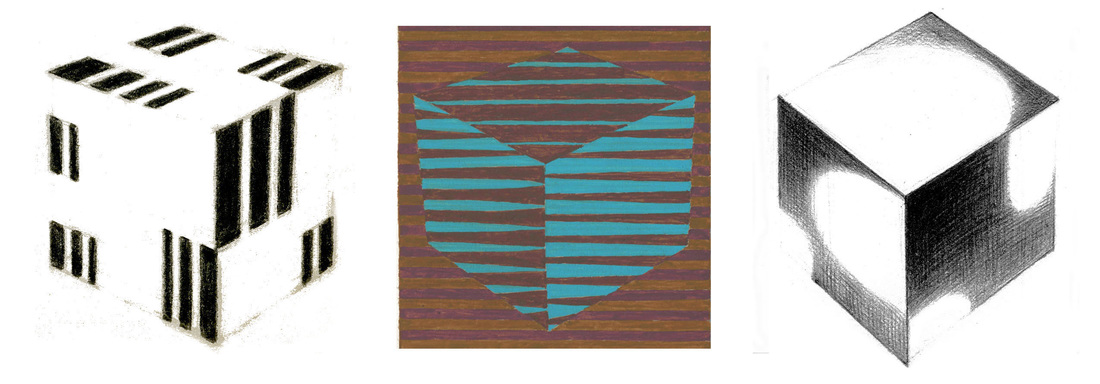


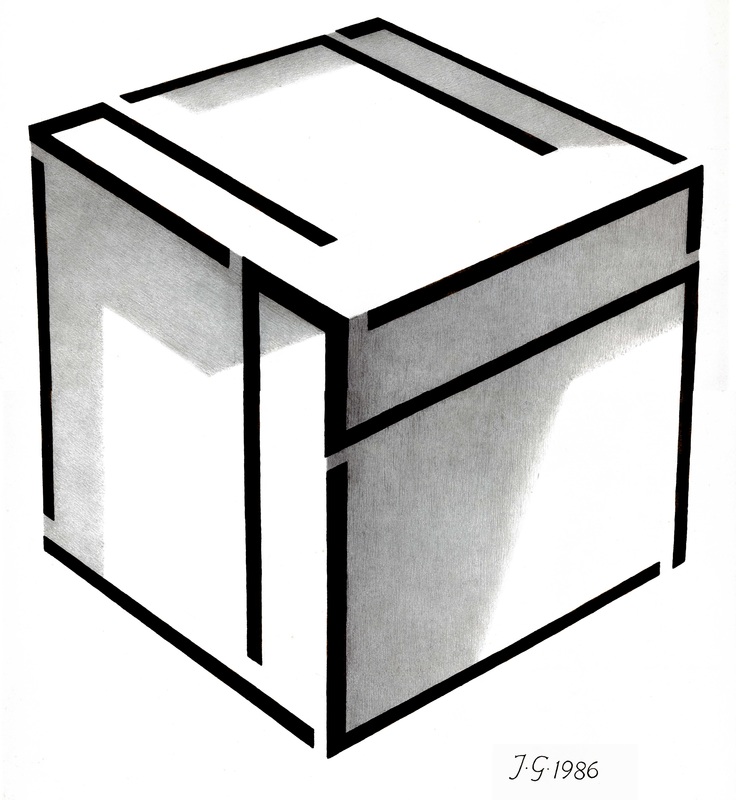

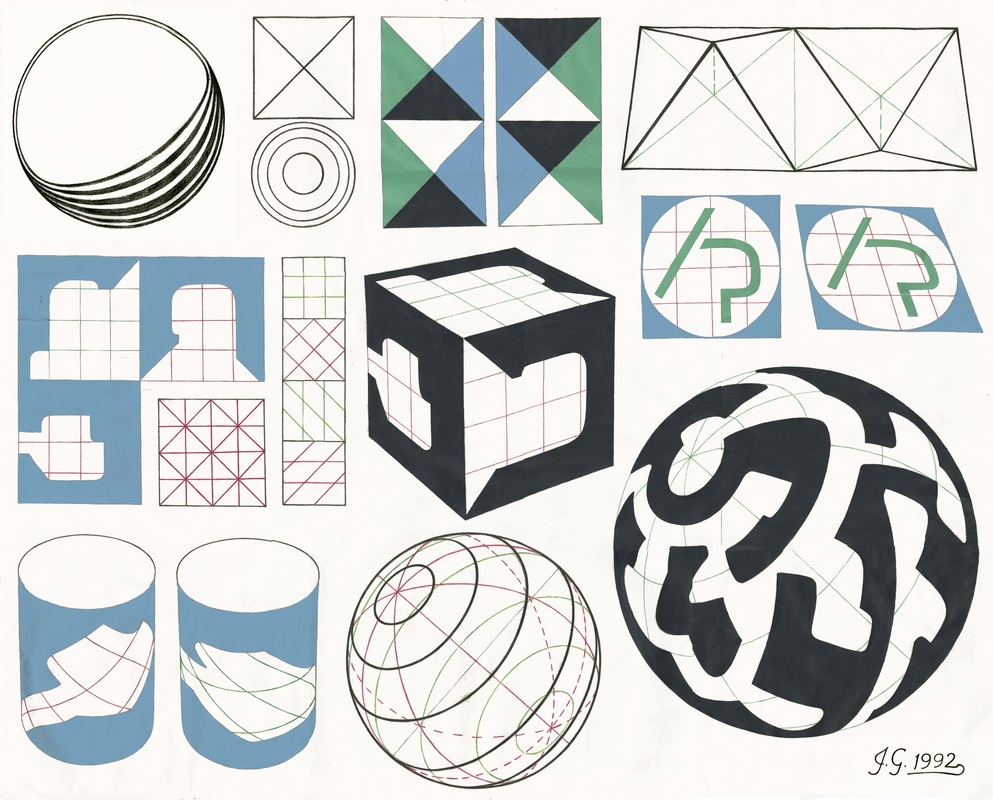

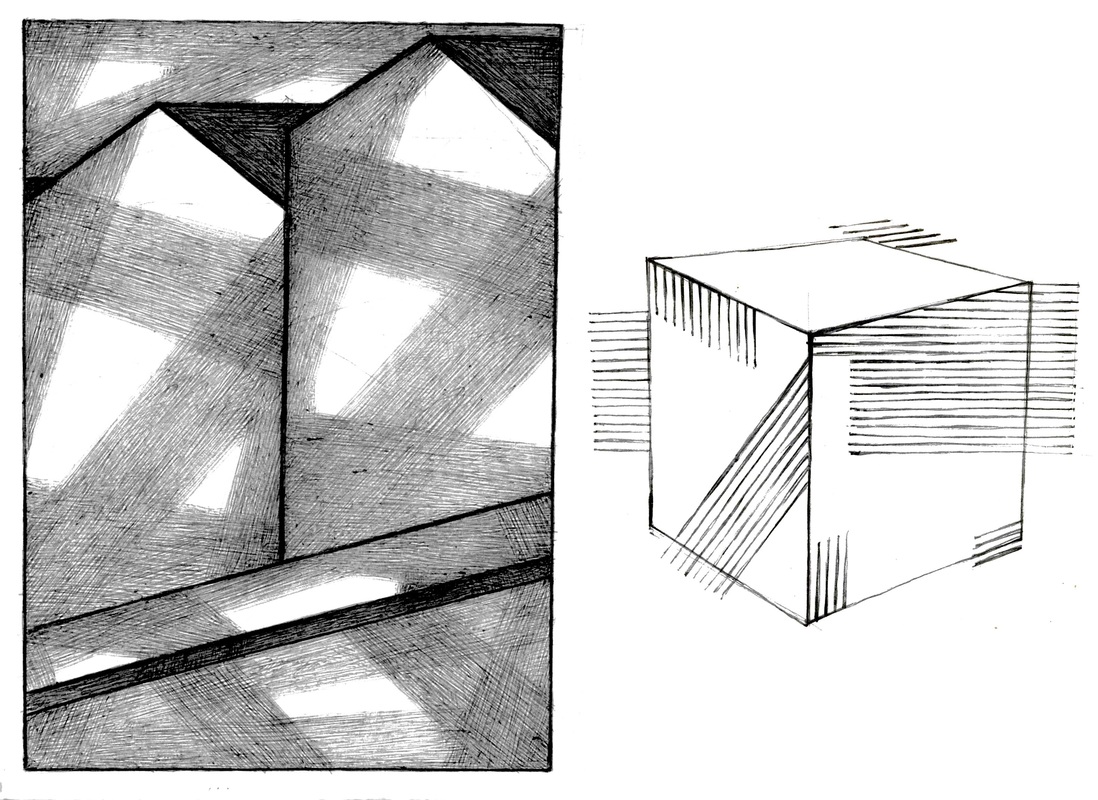
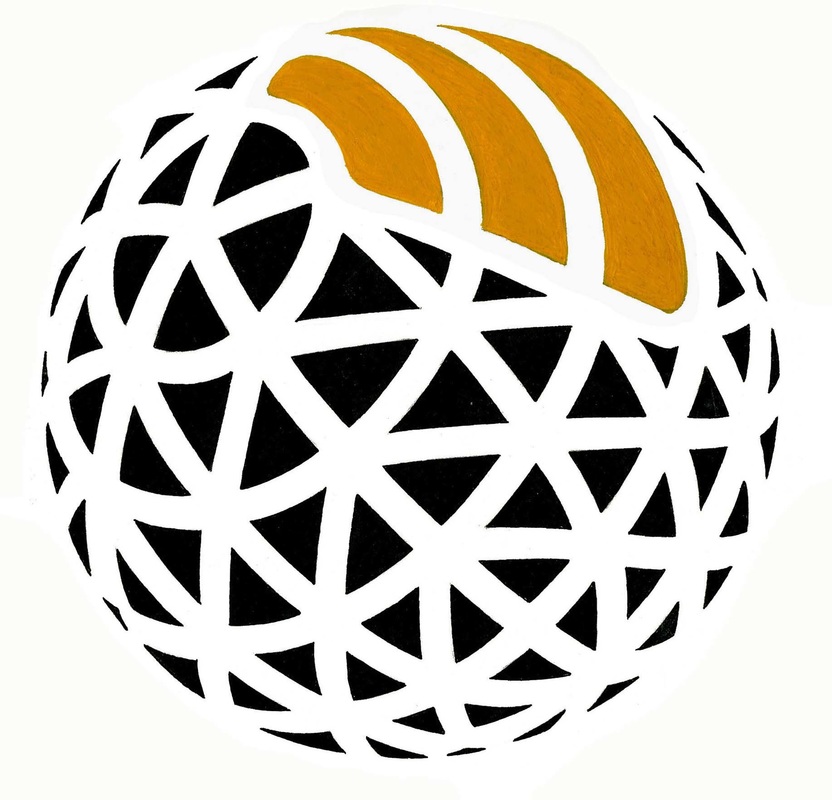









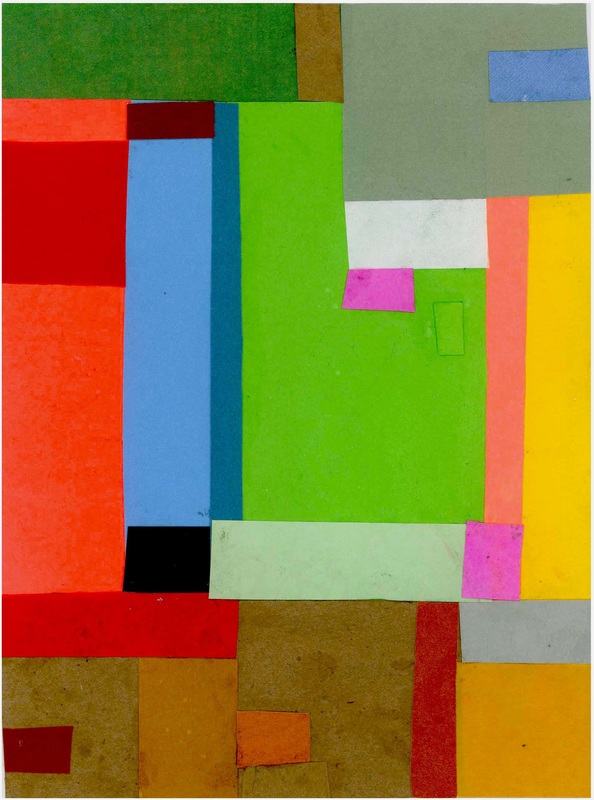
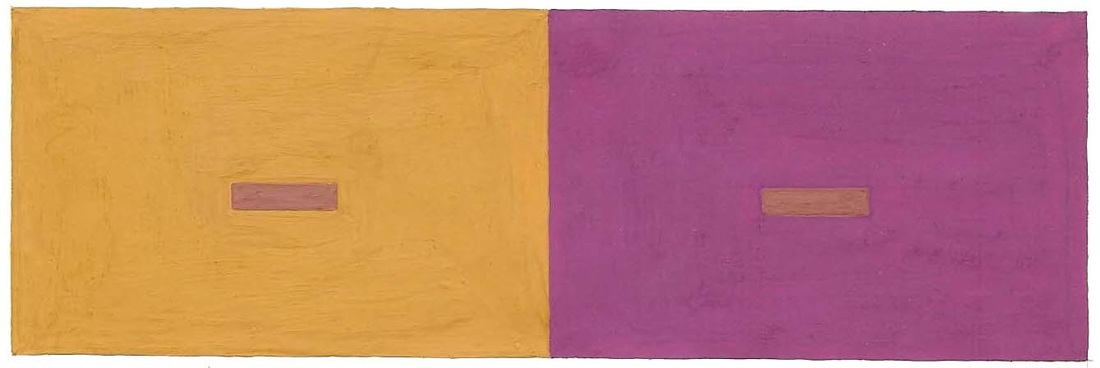


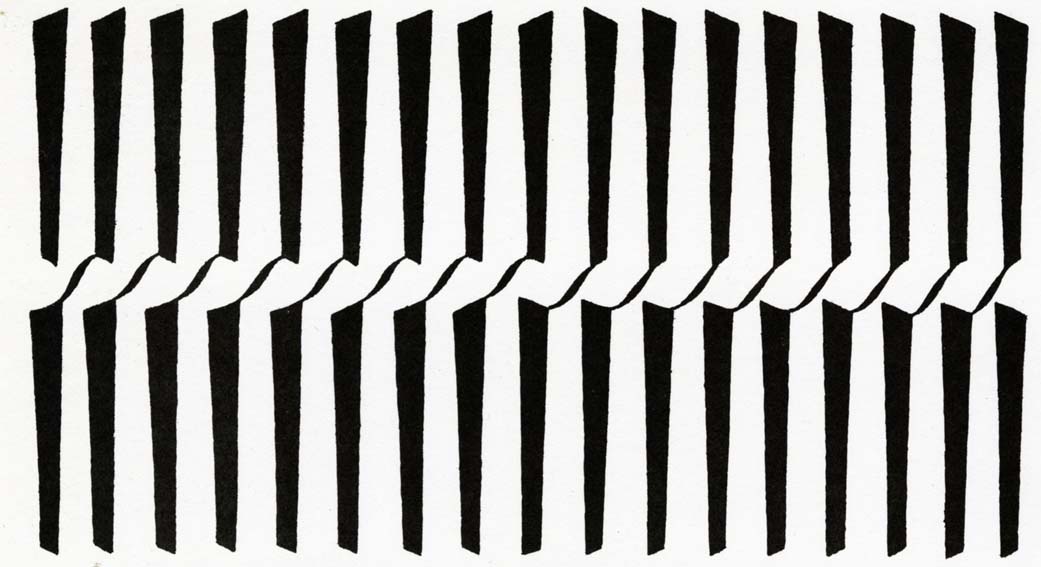
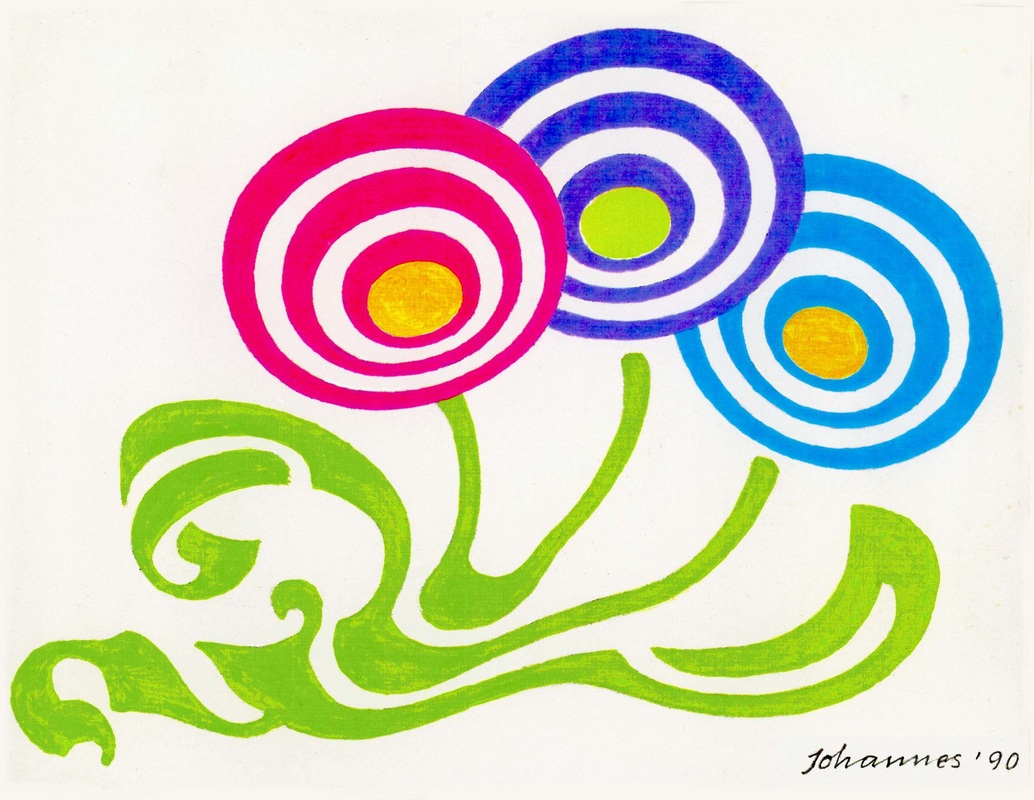










 RSS Feed
RSS Feed